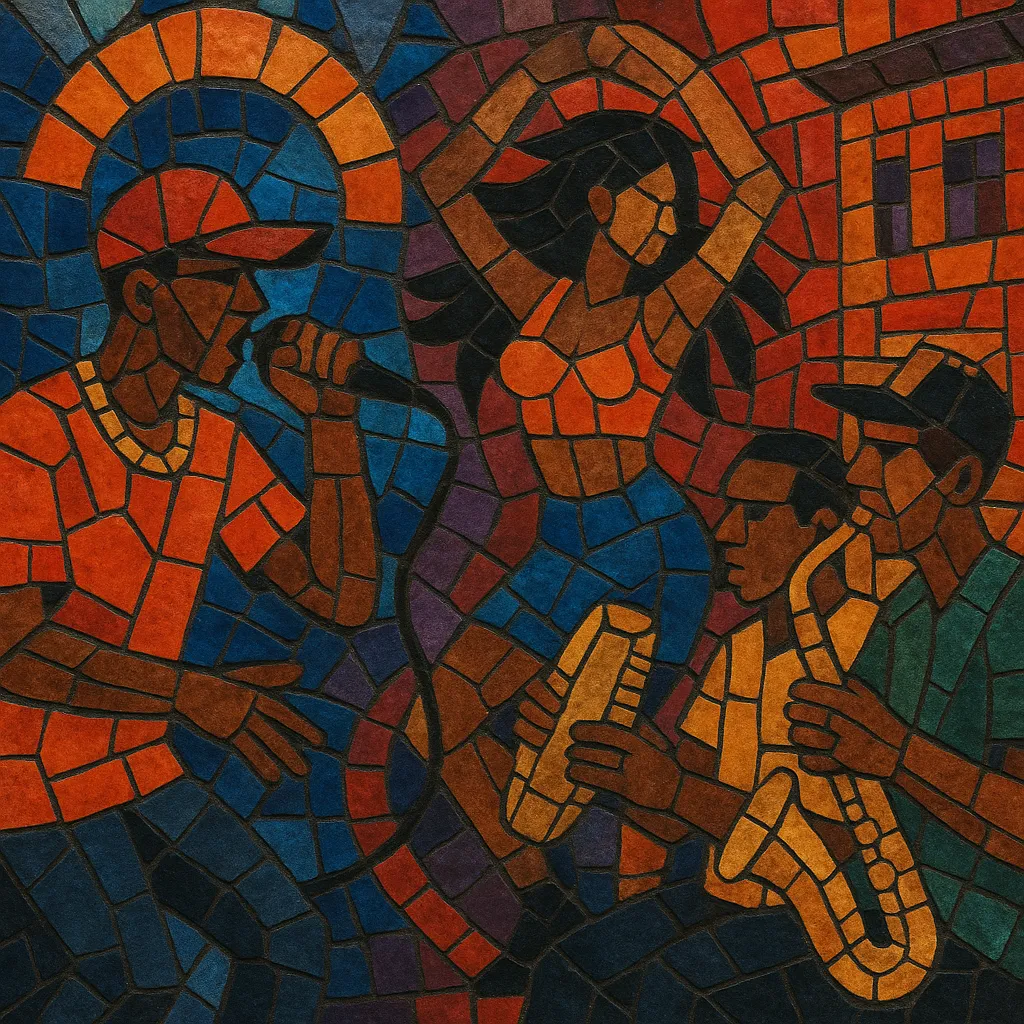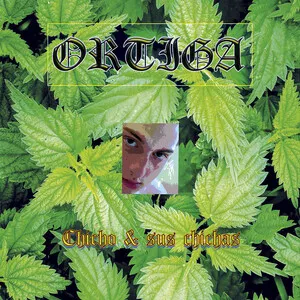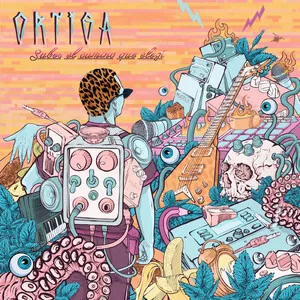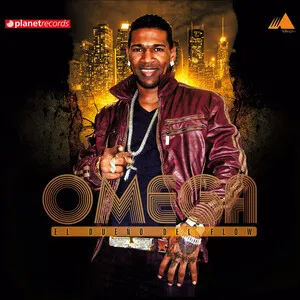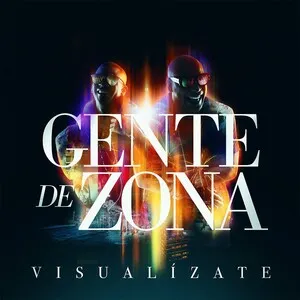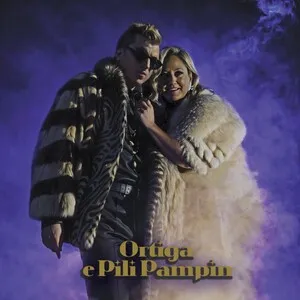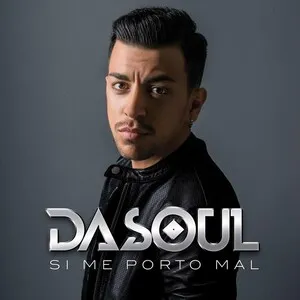Mambo urbano is a high-energy, street-oriented evolution of Dominican merengue that blends traditional güira and tambora grooves with hip hop/REGGAETON flows, dembow rhythms, and modern electronic production.
Built for clubs and block parties, it favors fast tempos, catchy call‑and‑response hooks, punchy synth-brass "mambo" lines, and talk‑sung vocals that fuse rap cadences with merengue phrasing. Compared with classic merengue, it is rougher, louder, and more minimal harmonically, prioritizing propulsion and swagger over lush orchestration.
The style emerged in the Dominican Republic’s urban scenes in the mid-to-late 2000s, often called "mambo de calle" or "merengue urbano," and quickly became a soundtrack for contemporary Dominican youth culture at home and in the diaspora.
Mambo urbano arose in the Dominican Republic’s barrios during the mid-to-late 2000s as a street-driven revamp of merengue. Young artists and producers fused the relentless güira–tambora engine of merengue (and the earlier, synth-heavy tecnomerengue) with the rhythmic DNA of dembow, reggaeton, and hip hop. This hybrid, often called "mambo de calle," emphasized speed, swagger, and minimalist, hard-hitting arrangements that fit small club sound systems as well as radio.
Acts like Omega “El Fuerte,” Tito Swing, and Sujeto Oro 24 turned the sound into national phenomena, cutting anthems with chantable hooks and brass-like synth riffs (the "mambo" sections). Producers adopted compressed, bright mixes and simple harmonic vamps that showcased the percussion and vocals. The movement resonated with Dominican youth culture and traveled with the diaspora to New York and other urban hubs, where it mingled with reggaeton and Latin pop circuits.
As the sound solidified, it overlapped with reggaeton and Latin house aesthetics, leading to collaborations and remixes that reached broader Latin dance audiences. While retaining its merengue heartbeat, mambo urbano embraced DJ-friendly structures—intros for mixing, breakdowns, and drops—helping it circulate in both Caribbean and global club contexts.
Today, mambo urbano remains a go-to party style, periodically resurging via viral brass riffs, throwback references to 2000s DR club culture, and mashups with dembow. Its influence is audible in Latin pop/urbano productions that borrow güira textures, uptempo feels, and shoutable coros, keeping the merengue lineage alive in contemporary urban music.

